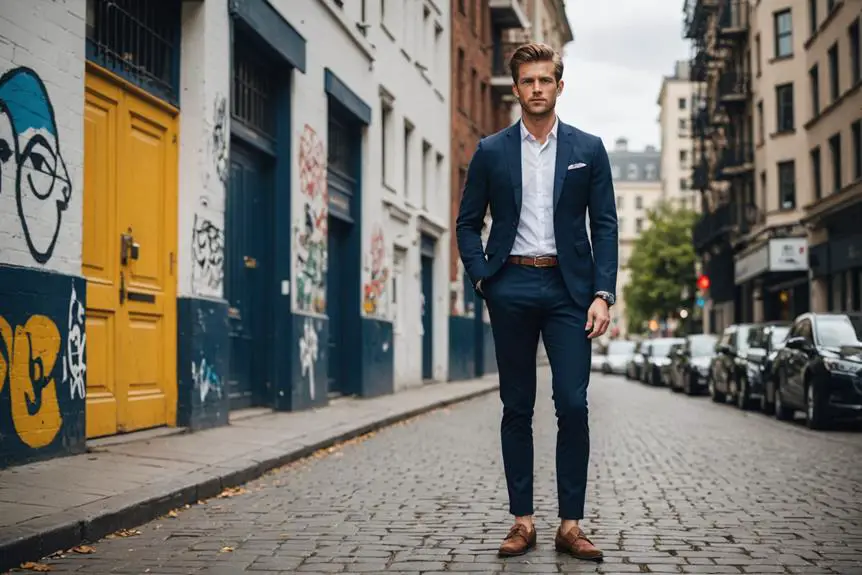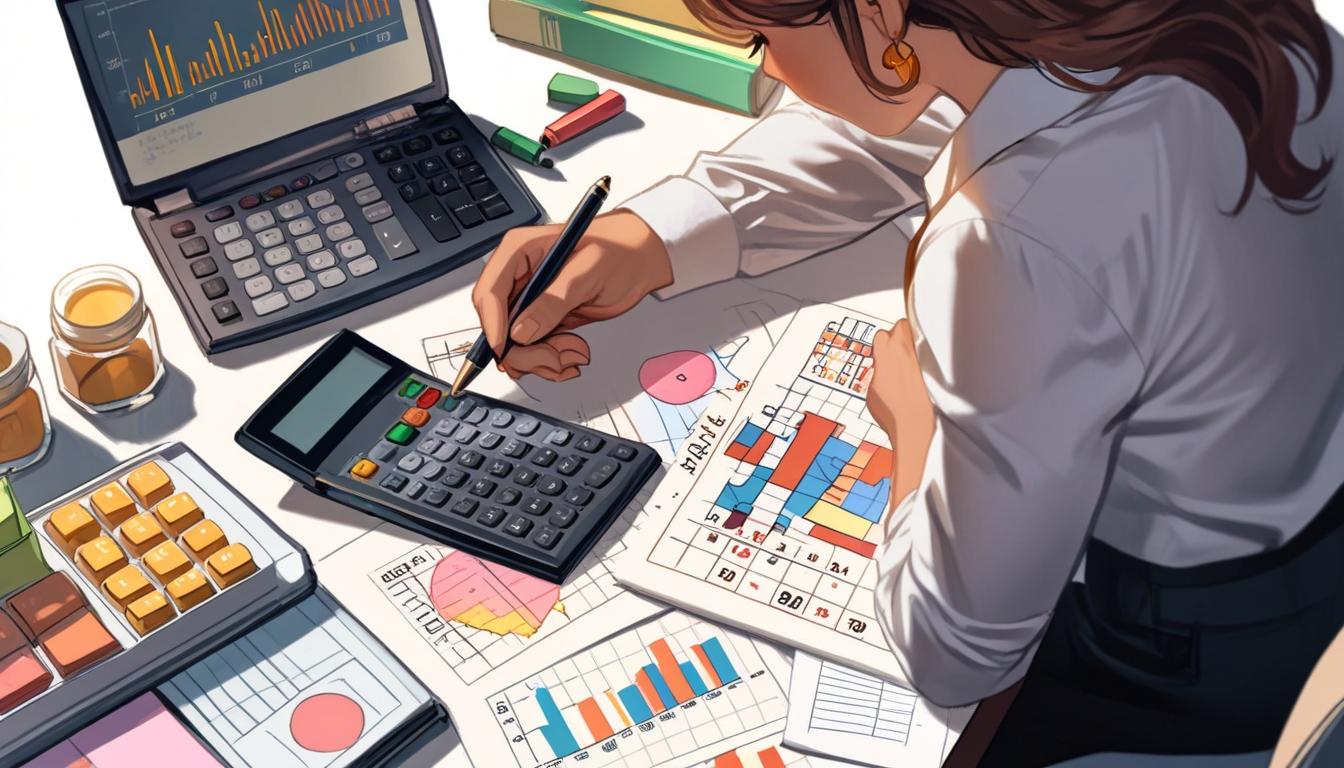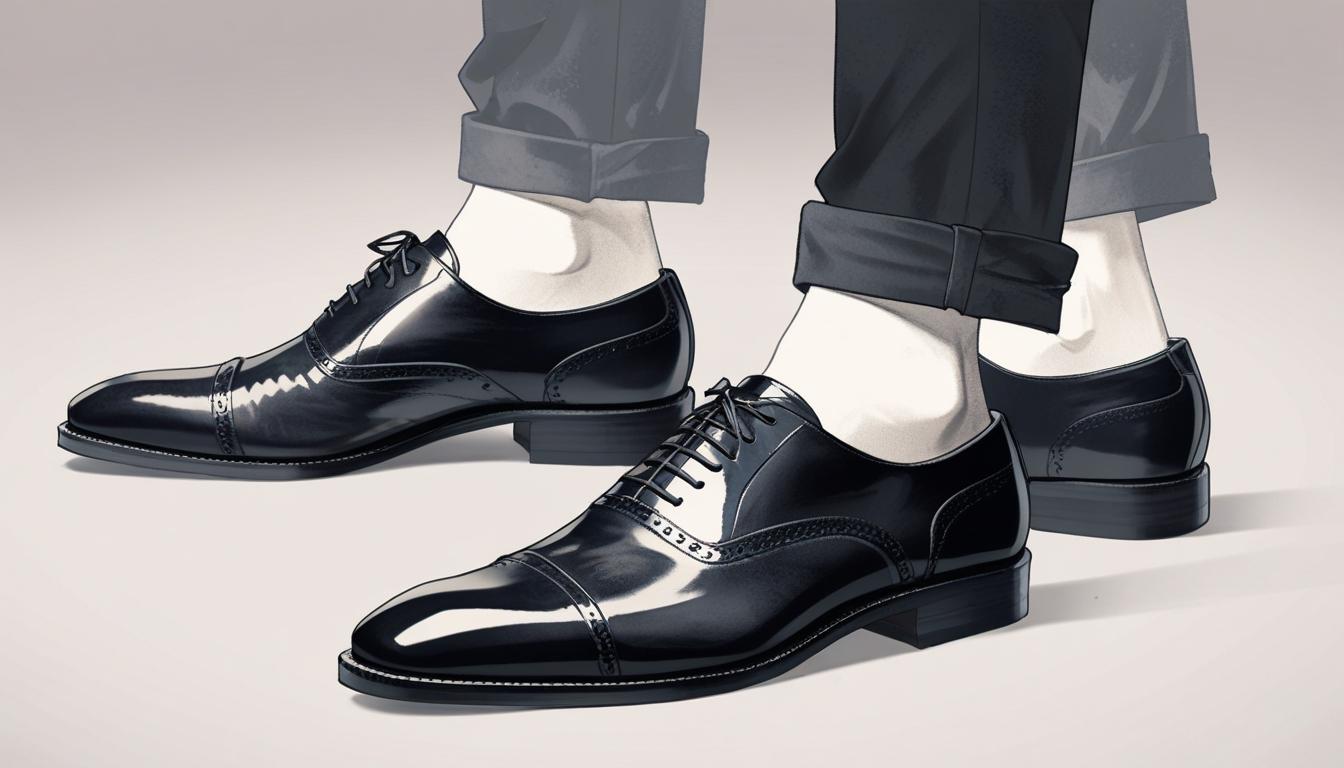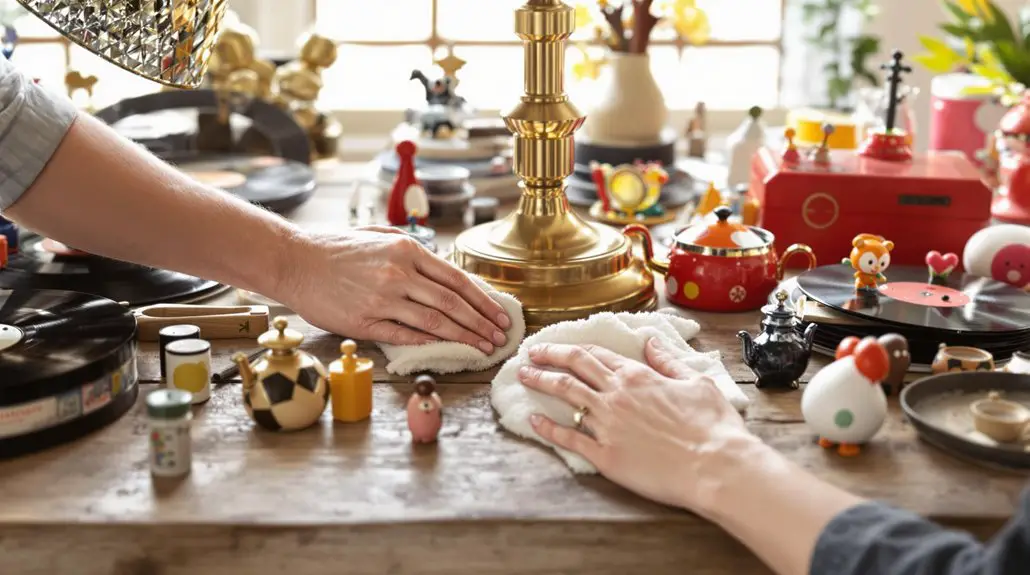When you think about 60s men's fashion, it's hard not to notice how it mirrored a radical shift in culture and self-expression. You've got tailored suits with sharp lines and slim ties on one side, while the laid-back vibe of denim and polo shirts represented a new era of comfort. As you explore the influential figures like Pierre Cardin and Yves Saint Laurent, you might start to wonder how their innovations not only changed menswear but also set the stage for future trends. What elements of this vibrant decade still resonate in today's fashion world?
Key Trends of the 60s
The 1960s brought about five key trends in men's fashion that transformed the way men dressed. You've probably heard of the Mod look, right? This style was all about tailored suits, slim ties, and sharp shoes. It wasn't just a look; it was a whole vibe, heavily influenced by British music icons. Men started to embrace a more polished, yet youthful appearance. This era also saw the rise of distinctive subcultures, much like the Harley Davidson cultural legacy, which emphasized individuality and a sense of community. Who wouldn't want to channel that kind of cool?
But it wasn't all about being dressed up. Casual wear became a big deal too! Polo shirts, denim jeans, and comfy knitwear became staples in your wardrobe, thanks to the counterculture movement. You could still look stylish without sacrificing comfort! And let's not forget about accessories. The bowler hat and sunglasses exploded in popularity, making every guy feel a bit more sophisticated.
Tailoring also took a turn, moving away from stiff, formal looks. Unstructured jackets and the trendy Nehru jacket offered a relaxed fit that felt just right, reflecting a shift towards comfort.
Iconic Styles and Silhouettes
Men's fashion in the 60s showcased iconic styles and silhouettes that defined the decade's aesthetic. Think about it: this was a time when tailored suits were not just clothing; they were statements. You couldn't walk into a room without turning heads in a sharp, well-fitted suit that emphasized those sleek silhouettes. The 60s took inspiration from earlier decades, blending the Ivy League vibes of the 50s with a bit of mod flair. This era also saw the rise of luxury brands, with designers like Gianni Versace emerging, known for their bold colors and sensual cuts that would later influence menswear greatly, especially in vintage tag identification.
Imagine wearing a tailored jacket, paired with slim-fit trousers that fit just right. You'd be channeling that classic look that shouted elegance and sophistication. And let's not forget about the flair—colorful ties, funky patterns, and even those stylish lapels that made a suit pop. It wasn't just about looking good; it was about feeling good and confident too!
As we moved toward the end of the decade, styles evolved again. The 60s laid the groundwork for what would come next. You could see the shift toward bolder colors and fun accessories that made menswear a lot less stuffy. Whether you preferred a traditional three-piece suit or a more relaxed look, there was something for everyone.
Influential Fashion Figures
When you think about the 60s, you can't ignore the fashion figures who shaped that era. Designers like Pierre Cardin and Yves Saint Laurent pushed boundaries and created styles that still inspire today. Yves Saint Laurent, in particular, was known for his revolutionary designs, including the iconic women's tuxedo, Le Smoking, which challenged gender norms and redefined femininity in fashion. His innovative approach to fashion, especially with collections like the Mondrian Collection, showcased a unique blend of art and style, leaving a lasting impact on the fashion landscape his transformative legacy. So, what made their looks iconic, and how did culture play into these trends?
Iconic Designers of 60s
Several iconic designers emerged in the 1960s, shaping the landscape of men's fashion with their innovative ideas and bold aesthetics. Think of Pierre Cardin, who dazzled everyone with his avant-garde designs, bringing space-age vibes right into your closet. Then there's Mary Quant, who spearheaded the mod fashion movement. Her bold colors and geometric patterns made you want to jump into the 60s youth culture!
And let's not forget Yves Saint Laurent, who shook things up by introducing the tuxedo jacket for women in 1966. Can you believe it? He challenged traditional gender norms and made fashion more inclusive. British designers like Ossie Clark also gained popularity with their romantic and bohemian styles, perfect for those who wanted to stand out.
Italian designer Giorgio Armani was just starting to make waves too, known for his soft fabrics and relaxed silhouettes. His work laid the groundwork for what would become a huge influence in menswear. So, if you're ever looking for inspiration, just remember these game-changers who redefined what fashion meant in the 60s! Isn't it amazing how they shaped men's style?
Cultural Influences on Style
Fashion has always been shaped by influential figures who push boundaries and redefine style. Think about icons like Karl Lagerfeld and Giorgio Armani; they've introduced amazing tailoring techniques that balance comfort with sharp looks. Then, you've got the hip-hop scene from the 2000s, where artists like Jay-Z and Kanye West brought streetwear aesthetics to the forefront, making it cool to rock slim-fit styles. Who doesn't love a good blend of comfort and flair?
And let's not forget David Beckham! His ability to mix sportswear with high fashion has inspired countless guys to step up their wardrobe game. You might be asking, how can I achieve that polished look too? Well, just take a cue from these influencers!
In the past decade, fashion bloggers like Bryanboy and Adam Gallagher have also played a huge role. They've democratized fashion, showcasing diverse styles and making high fashion feel more accessible. Designers like Virgil Abloh and Raf Simons are shaking up the scene even further, merging art and youth culture into their collections. So, what's stopping you from experimenting with your own style?
Fashion Icons and Trends
Icons in the fashion world wield immense power, shaping not just clothing styles but also cultural norms. Take fashion icons like Versace and JW Anderson, for example. They've set the bar high in contemporary menswear trends, blending style and craftsmanship like pros. And let's not forget how social media has turned the tables! Now, emerging designers can share their latest fashion creations, making fashion accessible to all.
Look at the Air Jordan 1 in the "Mocha" colorway. How cool is it that iconic sports figures influence streetwear and luxury fashion? It's a perfect mix of athleticism and high-end vibes. And speaking of essentials, Colin Farrell's focus on footwear shows just how important shoes are in completing your look. Seriously, a killer pair of shoes can elevate any outfit!
Grooming products are also having their moment. Fashion icons are redefining personal care and grooming standards for men, proving that style goes beyond just clothes. So, what's your next move? Embrace these trends, channel your inner icon, and make your mark in the fashion world!
Cultural Impact on Fashion
Cultural influences have always played a significant role in shaping men's fashion, reflecting broader societal changes and attitudes. Think about it—over the years, you've seen styles evolve from the formal Victorian looks of the late 1800s to the relaxed silhouettes of the 1900s. This shift shows how society began to value practicality and individual expression more than stiff rules. In the 1960s, for example, belts became essential accessories that shifted from mere utility to bold fashion statements, influenced by cultural icons like The Beatles and Jimi Hendrix, who made belts pivotal elements of their style the evolution of men's belts. Hollywood also stepped in during the 1930s, setting style standards that worked their way down to the everyday guy, proving that entertainment can seriously influence what you wear.
Then came the 1950s, where conformity ruled the day. Ivy League styles and synthetic fabrics became all the rage, showcasing a culture that craved stability after the chaos of war. Fast forward to the 2000s, and hip-hop culture crashed onto the scene. This genre not only influenced music but also changed the game for fashion. Suddenly, baggy pants and bold prints were everywhere, and young people loved it!
Fabric and Color Innovations
As men's fashion continues to evolve, innovations in fabric and color are taking center stage. It's an exciting time to explore how these changes can elevate your wardrobe! Today, sustainable materials like organic cotton and recycled polyester are becoming the norm. They not only help the planet but also cater to eco-conscious consumers who want to look good while doing good. Plus, who doesn't want to rock a shirt that's both stylish and guilt-free?
Innovative fabric technologies are also shaking things up. Think moisture-wicking and temperature-regulating materials that keep you comfy all day long. And let's talk about bold colors! Designers are embracing vibrant palettes and graphic prints, making it easier than ever to stand out. Want to make a statement? Color-blocking techniques let you mix and match colors for a dynamic look that screams individuality.
Here's a quick overview of some exciting fabric and color innovations:
| Fabric Innovation | Color Trend |
|---|---|
| Sustainable Materials | Bold Colors |
| Innovative Fabric Technologies | Graphic Patterns |
| Smart Textiles | Color-Blocking |
Legacy of 60s Men's Fashion
The legacy of 60s men's fashion is a vibrant tapestry woven from bold colors and innovative styles that reshaped how men express themselves through clothing. Remember when music icons like The Beatles and The Rolling Stones strutted their stuff in slim-fit suits? Those looks didn't just turn heads—they turned the entire fashion world upside down! Tailoring took a relaxed turn, letting guys feel comfortable while still looking sharp. Who would've thought that a suit could be both stylish and easy-going?
Now, let's talk accessories! The 60s were all about making a statement. Skinny ties, funky prints, and even those wild hats became must-have items. They added personality to outfits, showing that fashion could be fun! You didn't just wear clothes; you expressed who you were.
And here's a game-changer: ready-to-wear fashion made its debut. This meant stylish clothes weren't just for the rich and famous anymore. You could grab a trendy outfit off the rack without breaking the bank. Sounds amazing, right?
Frequently Asked Questions
What Happened to R Malefashion?
You've noticed r/malefashion trends shifting as the community evolves. Engagement has dipped due to diverse platforms and changing interests, but it still offers valuable insights into classic styles, preserving a sense of nostalgia for past fashion.
What Is Men's Fashion Today?
In today's fashion landscape, you're seeing a blend of sustainable menswear, casual streetwear, and tailored suits. Embrace bold colors and unique accessories to stand out; it's time to dress to impress without breaking a sweat!
Does GQ Still Exist?
Yes, GQ still exists and thrives today. You're likely to find GQ trends and culture reflected online, as it continually adapts to digital platforms, engaging readers with fresh content and vibrant discussions on style.
What Fashion Styles Are There for Men?
Imagine stepping onto a vibrant street, where casual streetwear meets classic tailoring and athleisure trends. You'll find styles blending comfort and sophistication, allowing you to express individuality while embracing both laid-back and polished looks effortlessly.




